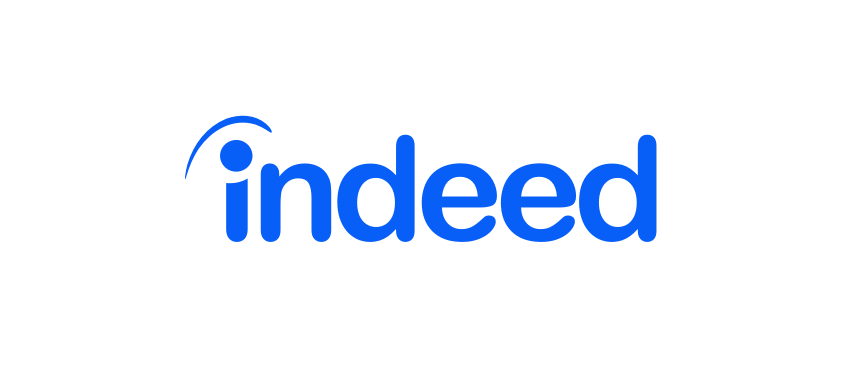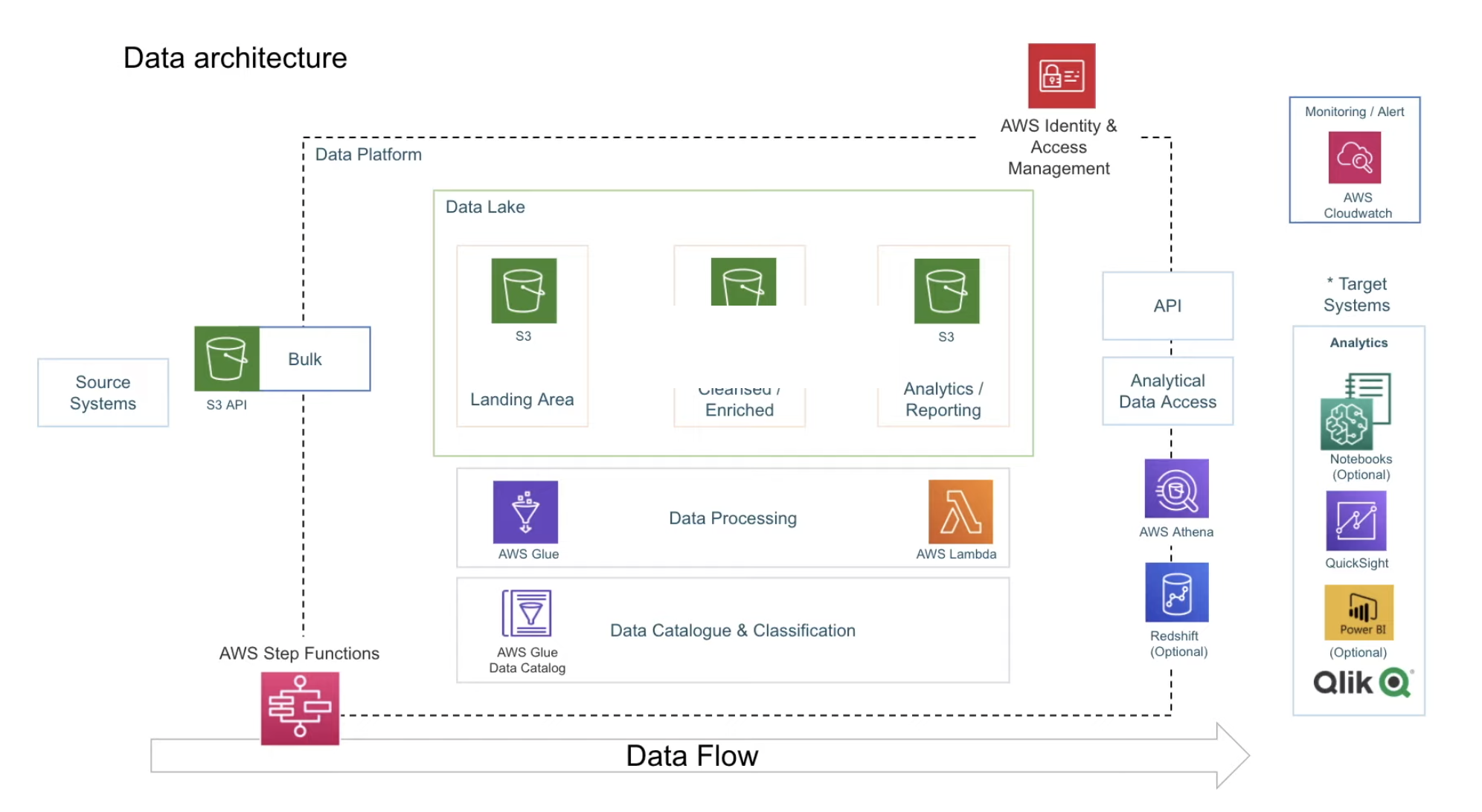About Me
I'm a Machine Learning Engineer with a passion for building intelligent systems that solve real-world problems. My journey in tech began at UC Berkeley, where I developed a deep understanding of computer science fundamentals and machine learning architecture.
Originally from Chile 🇨🇱, I bring a unique perspective to problem-solving, combining technical expertise with a global mindset. I specialize in NLP, deep learning, and building scalable data pipelines that drive business impact.
When I'm not coding, you'll find me running 🏃♂️, watching NBA games 🏀, or exploring the latest One Piece chapter 🏴☠️. I'm also an avid yerba mate enthusiast with a growing collection of gourds!



